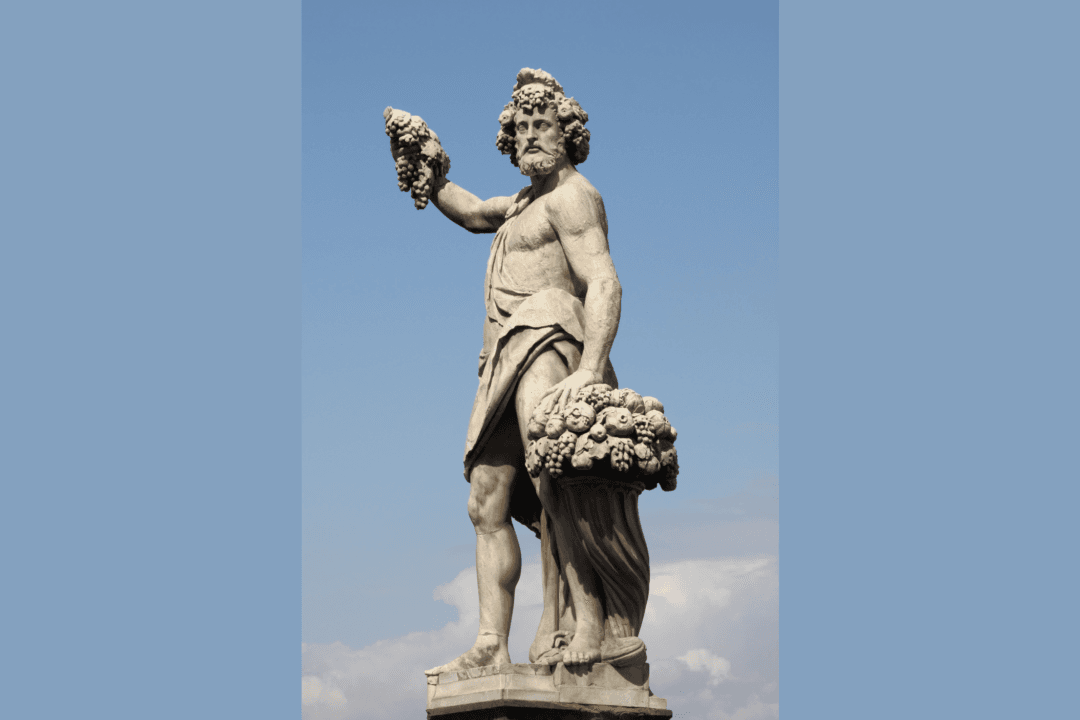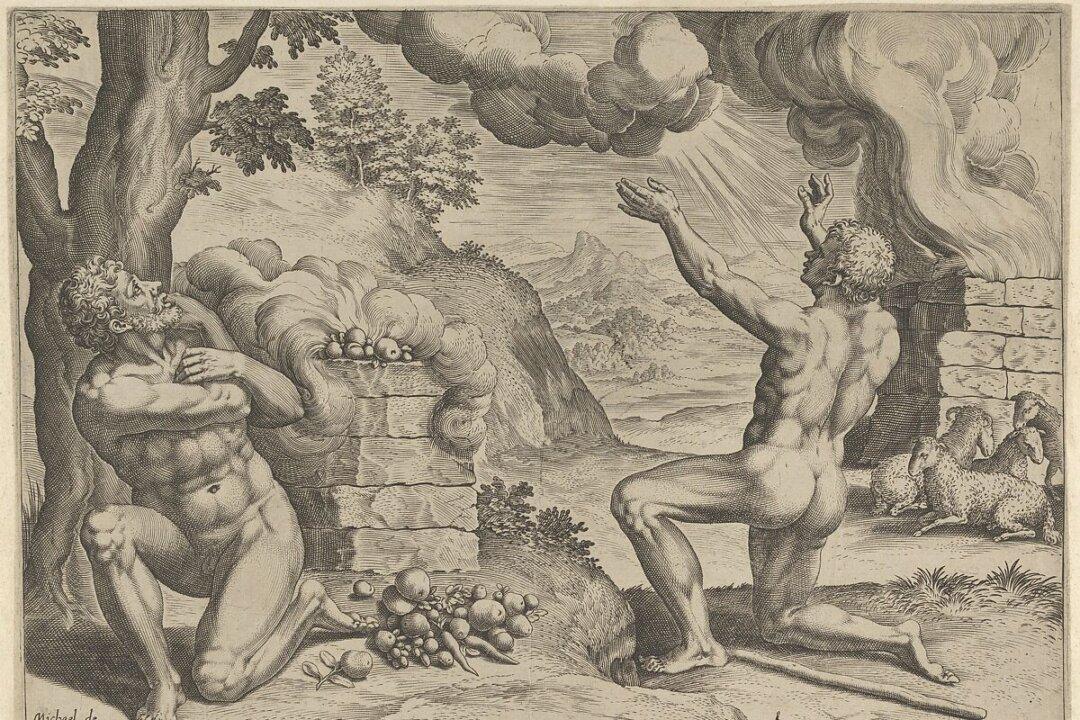Narrative is arguably the defining aspect of being human because narrative enables us to comprehend the world we live in; indeed, professor Brian Cox once wrote that “narrative may be regarded as a primary act of mind,” and physicist Frank Wilczek observed that “we humans are especially adapted to think in story and narrative.”
While science and technology are important and have their place, without stories, without narratives, we can’t make heads or tails of the science anyway! This also applies to the stories we tell about ourselves. While narratives can empower us to conquer the world, it’s an often-repeated wisdom that the majority of us tell very negative stories: “I’ll never be an athlete, because when I was 11, I was always picked last to be on the sports team,” “I don’t deserve this, because when I was 18, I made a mistake that ended a relationship,” or “I’m not good enough, because I failed a test at the university.” These stories mold our psyches and thereby create our living reality—the past distorts the future. So one of the primary aims of coaching and therapy is to address these often long-held inner narratives and strive to rewrite them in order to create a new paradigm.
Of course, most of us are actually unaware of our inner narratives. We repeat them so often that they become subconscious mantras. This is why coaches have to use powerful tools—hypnosis, image streaming, exercises using tools such as word association, timeline therapy, or other more overtly constructed diagnostics such as personality profiling, psychometrics, and motivational maps—in order to reveal what’s hidden from our conscious mind.
We ourselves aren’t the only architects of these narratives. When we’re children, we’re significantly shaped by those around us: parents, teachers, friends, and even superstars we idolize.
- What was the story the world you grew up in told you of who you should become?
- What was the story you told yourself of who you should become?
- What’s the story life has told you of who you are?
With these three perspectives—self-esteem, the ideal self, and self-image—we might better triangulate the inner narrative.
But identifying the narrative and understanding how we really view ourselves is merely the first half of the battle! We now have to work out how to rewrite this narrative.
To do this, we might try doing an “oldie but goldie” exercise. You’ll need a pen and paper.
Imagine that you have grandchildren (some of you may already have them, but if not, that doesn’t matter, as the exercise becomes even more imaginative). You’re going to write a letter to either one of your grandchildren or all of them collectively. The letter is going to follow the following template:
Now, the idea of this exercise is that it forces you to view your life in retrospect. In other words, it forces you to view your life as a complete and finished story rather than an ongoing process! This allows you to draw meaning, conclusions, and messages from your life in the same way that you might a fairy tale or a novel. This will help you to see your inner narratives in a very different light and hopefully also pass on some wisdom, not just to your grandchild but to yourself as well.

Taking the first question, what the most important lesson is will define the key event and key value(s) as well—just why has it stuck in your memory as being so important? Consider this, too: If you think to yourself that all the lessons are equally important, then clearly, you aren’t paying enough attention! Many lessons have been lost to your memory, but what is it that has stayed, that persists, and that somehow influences you even now? If you have 10 answers to this question, then write them all down; once you have done it, begin to meditate on their relative importance until you decide what’s the No. 1 lesson for you.
Writing is a very cathartic process. The mere act of setting words to paper begins to organize one’s thoughts. You may not consider yourself a writer, but we’re not asking for perfection or style here, simply something honest and heartfelt, directed at the focal point of either your real or imagined descendants. What do you want to pass on to them? What legacy do you want to leave? These are big, corny words, but fundamentally, it’s ingrained in us at the level of DNA to pass something on to the next generation.
When we realize the power of our self-narratives, we can unlock the potential that hitherto we’ve been completely unable to access. But we must be aware and beware of the power of negative self-narratives and address them as soon as possible if we aren’t to fall into the self-fulfilling traps that they can embody when we believe them.






